Photo Gallery for Apoda biguttata - Shagreened Slug Moth | 67 photos are available. Only the most recent 30 are shown.
|
 | Recorded by: David George, Stephen Dunn, Jeff Niznik on 2023-08-18
Caswell Co.
Comment: | 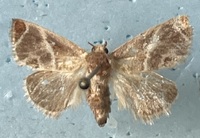 | Recorded by: Darryl Willis on 2023-08-03
Cabarrus Co.
Comment: |
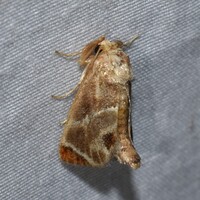 | Recorded by: David George, Stephen Dunn, Jeff Niznik on 2023-07-31
Macon Co.
Comment: |  | Recorded by: Jim Petranka on 2023-07-31
Madison Co.
Comment: |
 | Recorded by: David George, Stephen Dunn, Jeff Niznik on 2023-07-31
Swain Co.
Comment: | 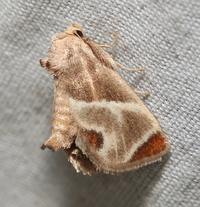 | Recorded by: David George, Stephen Dunn, Jeff Niznik, Rich Teper, Becky Watkins on 2023-07-30
Swain Co.
Comment: |
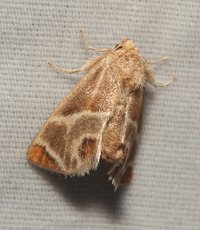 | Recorded by: David George, Stephen Dunn, Jeff Niznik, Rich Teper, Becky Watkins on 2023-07-29
Swain Co.
Comment: | 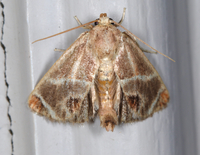 | Recorded by: Jim Petranka on 2023-07-26
Madison Co.
Comment: |
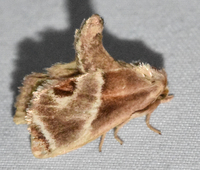 | Recorded by: Emily Stanley on 2023-07-07
Yancey Co.
Comment: | 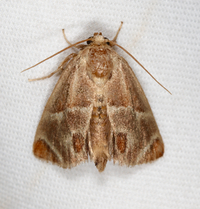 | Recorded by: Jim Petranka on 2023-07-06
Madison Co.
Comment: |
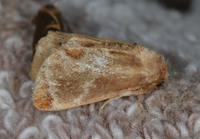 | Recorded by: Jim Petranka and Becky Elkin on 2023-06-24
Buncombe Co.
Comment: |  | Recorded by: Jim Petranka on 2023-06-20
Madison Co.
Comment: |
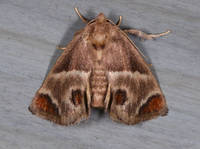 | Recorded by: Jim Petranka on 2023-06-04
Madison Co.
Comment: |  | Recorded by: David George, Stephen Dunn, Jeff Niznik on 2023-06-03
Orange Co.
Comment: |
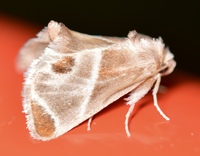 | Recorded by: Stephen Dunn on 2023-05-31
Orange Co.
Comment: | 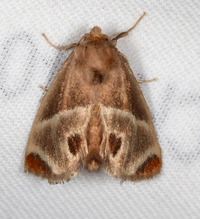 | Recorded by: Jim Petranka on 2023-05-25
Madison Co.
Comment: |
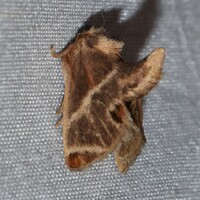 | Recorded by: David George, Jeff Niznik on 2023-05-17
Chatham Co.
Comment: |  | Recorded by: David George, L. M. Carlson on 2022-08-03
Orange Co.
Comment: |
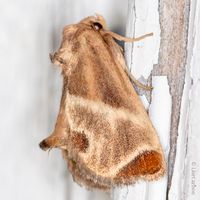 | Recorded by: David George, L. M. Carlson on 2022-07-30
Orange Co.
Comment: | 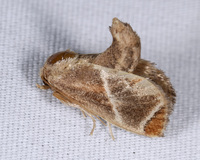 | Recorded by: John Petranka on 2022-07-24
Orange Co.
Comment: |
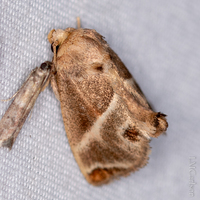 | Recorded by: David George, L. M. Carlson on 2022-07-23
Orange Co.
Comment: | 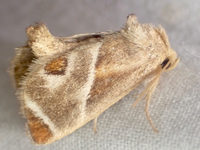 | Recorded by: tom ward on 2022-07-19
Buncombe Co.
Comment: |
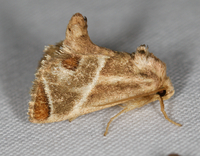 | Recorded by: Jim Petranka on 2022-07-17
Madison Co.
Comment: |  | Recorded by: Dean Furbish on 2022-07-17
Wake Co.
Comment: |
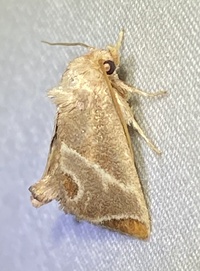 | Recorded by: David George, L. M. Carlson, Stephen Dunn on 2022-07-15
Orange Co.
Comment: |  | Recorded by: Jim Petranka on 2022-07-11
Madison Co.
Comment: |
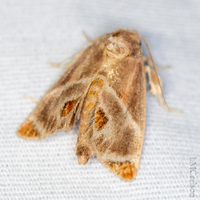 | Recorded by: David George, L. M. Carlson, Stephen Dunn on 2022-06-18
Orange Co.
Comment: |  | Recorded by: Richard Teper on 2022-06-16
Jackson Co.
Comment: |
 | Recorded by: Richard Teper on 2022-06-16
Macon Co.
Comment: | 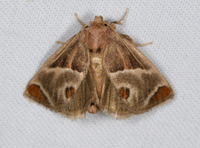 | Recorded by: Jim Petranka on 2022-06-15
Madison Co.
Comment: |
|